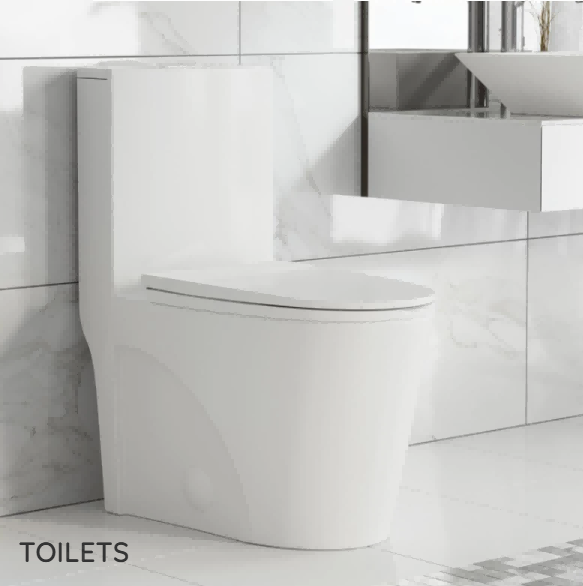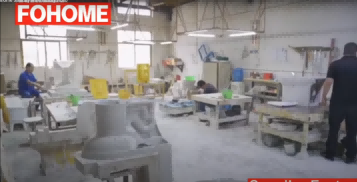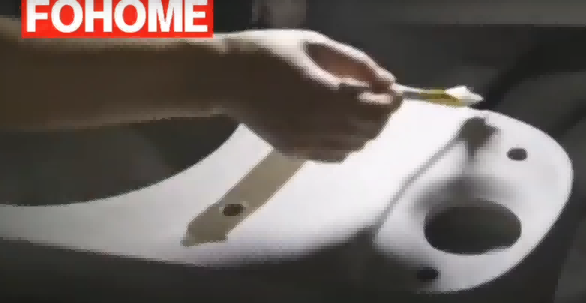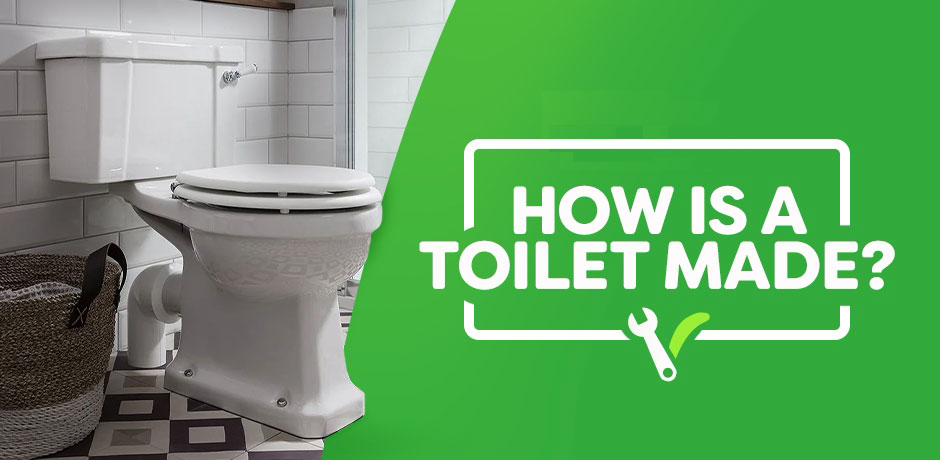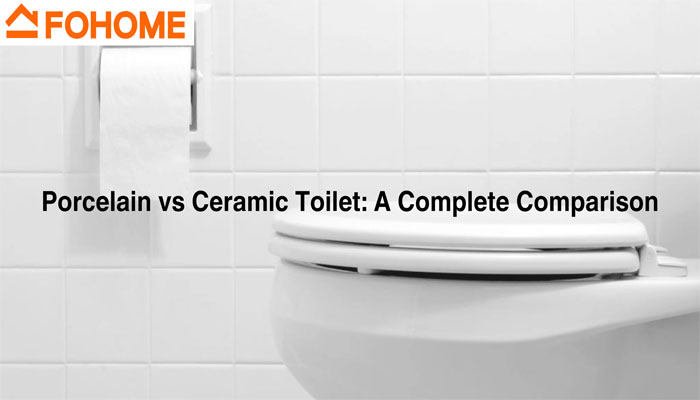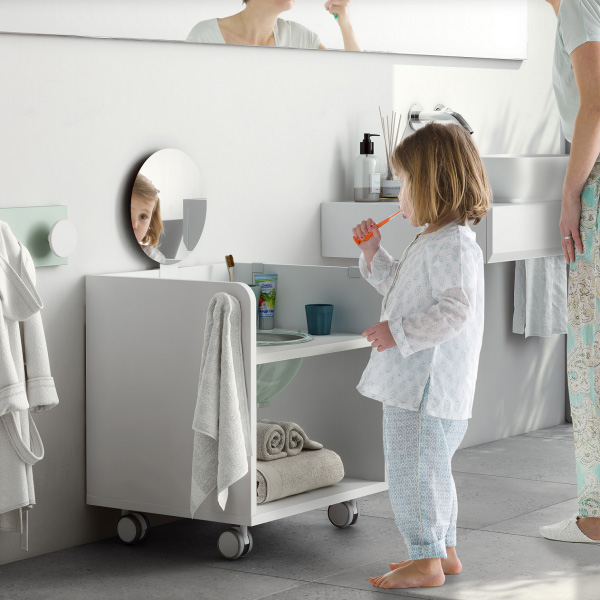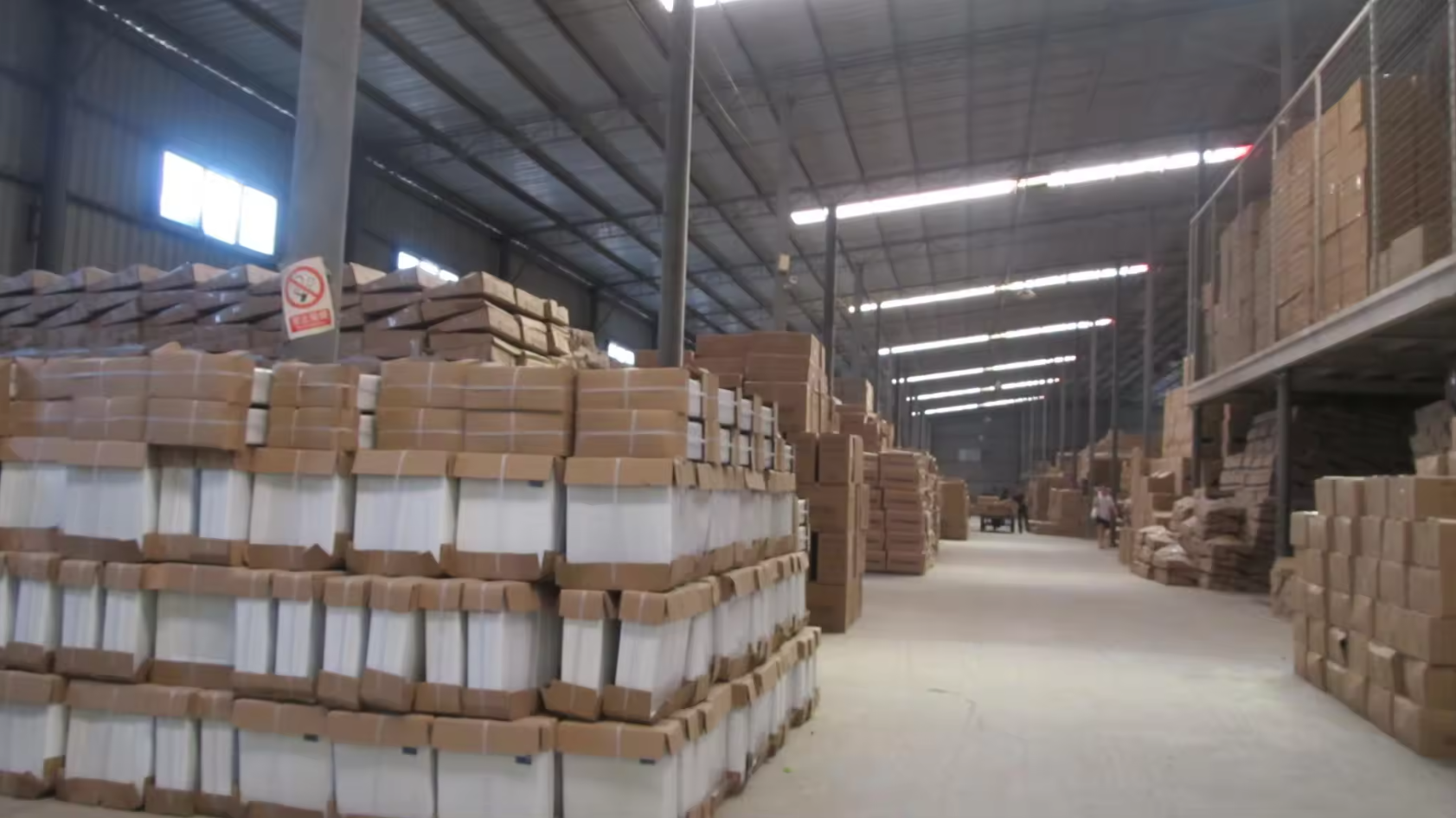Conclusion The wholesale price of toilets is determined by a combination of factors, including raw materials, manufacturing costs, design features, brand reputation, and market dynamics. Understanding these factors allows buyers and sellers to make informed decisions, negotiate effectively, and adapt to market changes. For businesses, staying updated on these influences is essential for managing costs and maintaining competitiveness in the market.
1.Raw Material Costs:Raw materials, such as ceramic, plastic, stainless steel, and other components, play a crucial role in determining the wholesale price of toilets. Fluctuations in the cost of these materials directly affect production costs. For example, a rise in ceramic clay prices can lead to increased manufacturing expenses, which wholesalers often pass on to buyers. Additionally, the quality of materials used also impacts pricing, with premium materials resulting in higher wholesale costs.
Material production site
2.Manufacturing and Labor Costs:The cost of manufacturing and labor significantly influences wholesale toilet prices. Regions with lower labor costs often produce more affordable products. However, advanced manufacturing techniques, automation, and quality control systems can add to production expenses. Manufacturers that prioritize skilled labor and advanced technology typically have higher costs, which are reflected in the wholesale price.
Manufacturing and Labor Costs
3.Design and Features:Modern toilets come with a variety of features, including water-saving technology, self-cleaning functions, heated seats, and smart controls. More sophisticated designs and advanced functionalities increase production complexity and cost. Wholesale buyers looking for toilets with advanced features should expect higher prices compared to standard models.
4.Brand Reputation:Well-established brands often charge higher wholesale prices due to their reputation for quality and reliability. These brands invest heavily in research, development, and marketing, which contributes to higher costs. In contrast, lesser-known or generic brands may offer lower wholesale prices to attract buyers and build market share.
Brand
5.Market Demand and SupplyMarket dynamics such as demand and supply heavily influence toilet wholesale prices. High demand during construction booms or renovation seasons can drive prices up. On the other hand, oversupply or reduced demand can result in discounts and lower wholesale prices. Economic conditions and regional market trends also play a role.
6.Transportation and Logistics CostsThe cost of shipping and logistics can significantly impact the wholesale price, especially for international trade. Toilets are bulky and heavy, leading to higher transportation expenses. Additionally, factors like fuel prices, import/export duties, and customs fees can add to the overall cost.
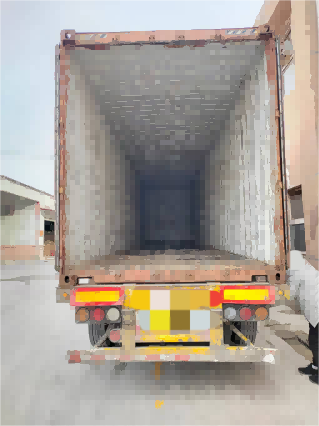
Transportation and Logistics Costs
7.Government Regulations and StandardsCompliance with local and international quality standards, environmental regulations, and safety guidelines can influence manufacturing costs. Toilets that meet strict standards, such as water efficiency ratings or eco-friendly certifications, may have higher wholesale prices due to additional testing and compliance requirements.
8.Bulk Purchase AgreementsThe volume of the purchase often determines the final wholesale price. Buyers who order in large quantities usually receive significant discounts. Wholesale suppliers often have tiered pricing structures, offering better rates for higher order volumes.
FOHOME specialized in sanitary ware for 15 years,with the 3 tunnel kilns with annual supply capacity of 2,500,000pcs and quality control system covering raw material/semi and finished product/packing etc.We hope to find a way to cooperate with you.

